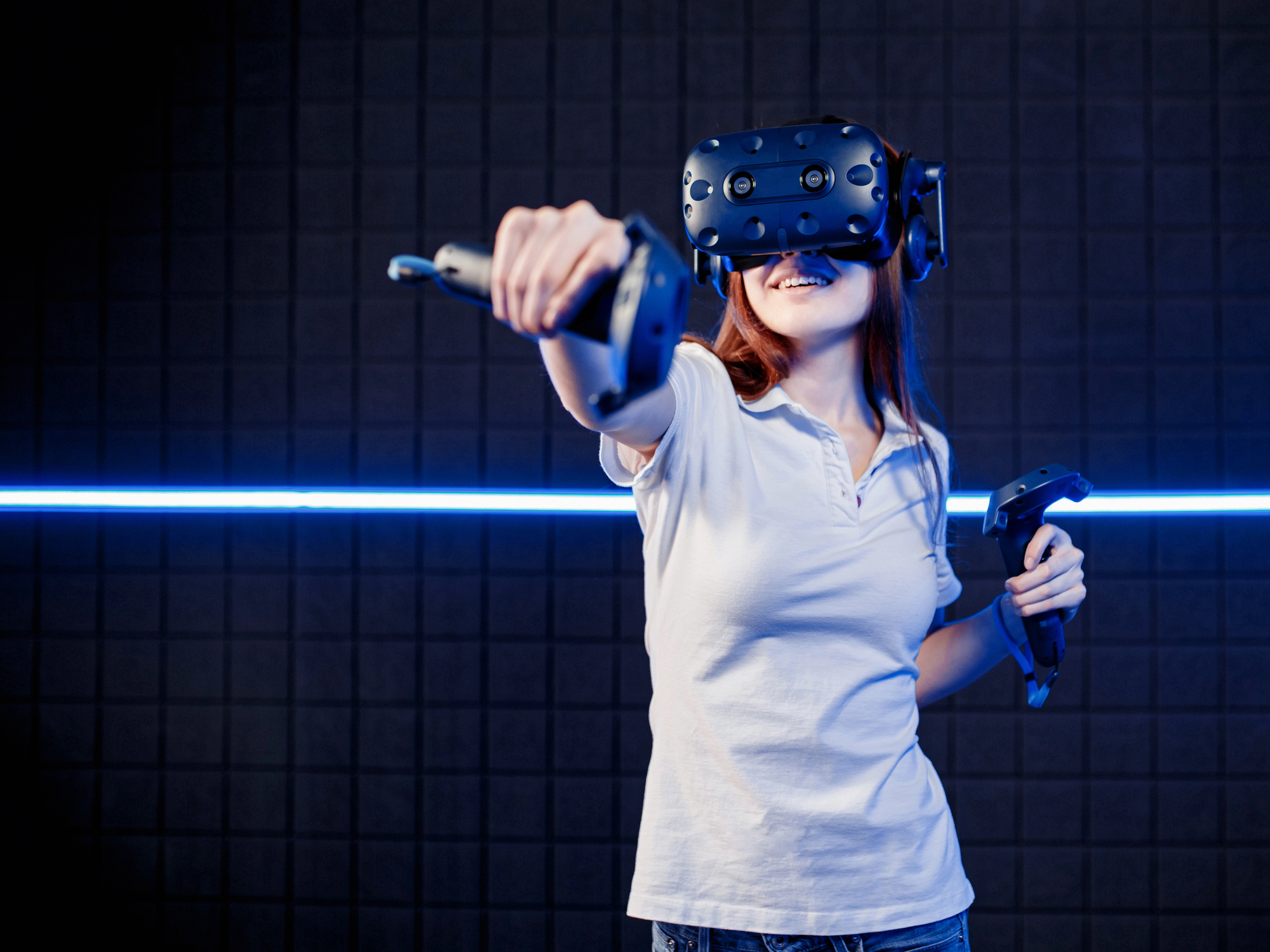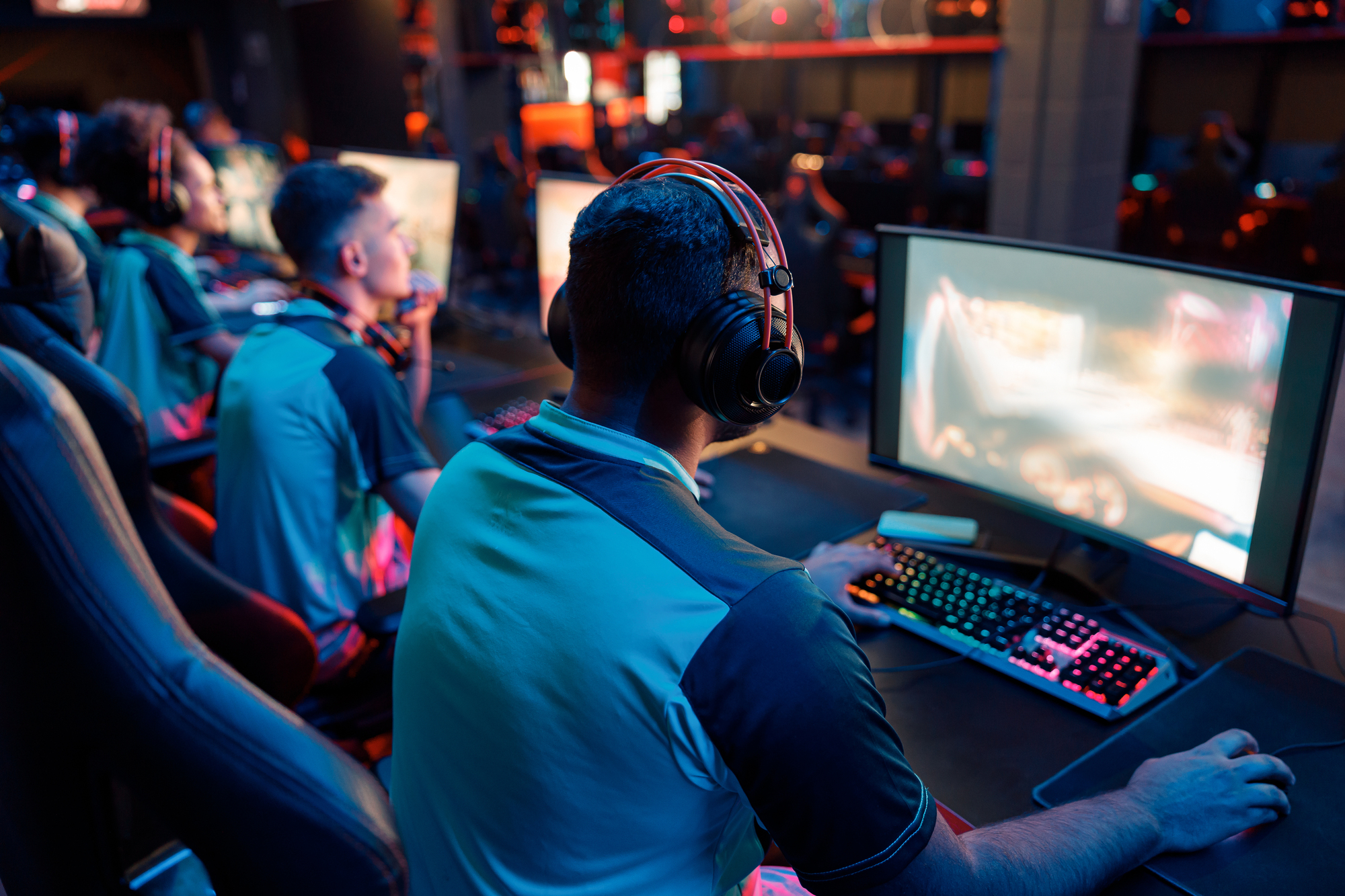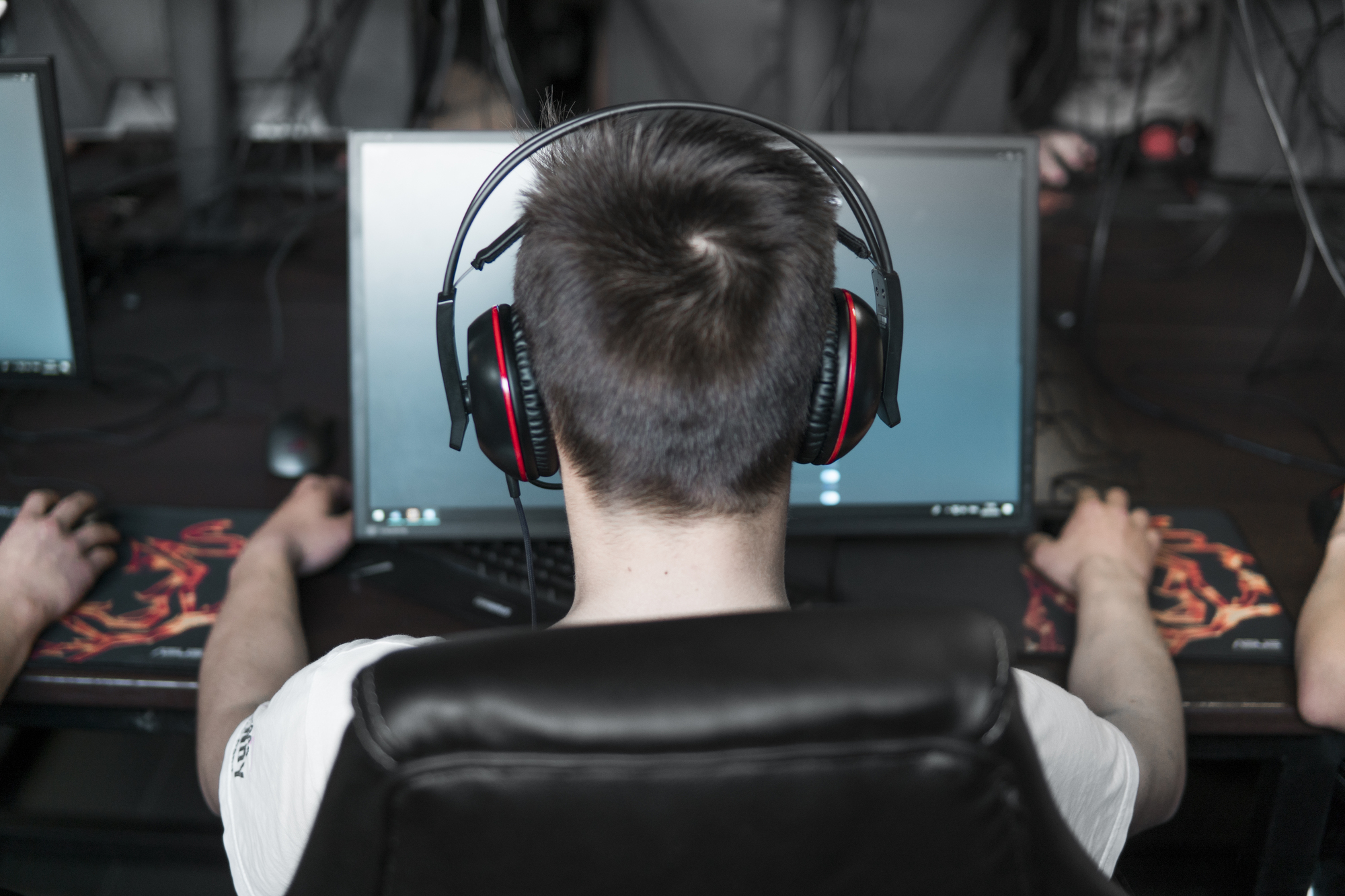Virtual reality (VR) is revolutionizing competitive play across various sports and gaming domains. This immersive technology allows athletes and gamers to train, practice, and compete in simulated environments that closely mimic real-world scenarios. VR enhances competitive play by providing realistic training simulations, improving spatial awareness, and enabling physical interactions in virtual spaces.
The integration of VR in esports has transformed the competitive gaming landscape. Players can now experience games with unprecedented levels of immersion, leading to more engaging and challenging competitions. VR headsets and motion controllers allow for natural movements and interactions within virtual worlds, creating a new dimension of skill and strategy in competitive gaming.
Future advancements in VR technology promise even greater impacts on competitive play. As hardware becomes more sophisticated and affordable, VR is likely to become a standard tool for training and competition in both traditional sports and esports. This shift could lead to new forms of hybrid competitions that blend physical and virtual elements, pushing the boundaries of what’s possible in competitive play.
Evolution of Virtual Reality in Competitive Play
Virtual reality has transformed competitive gaming, introducing immersive experiences and new challenges for players. The technology has progressed rapidly, reshaping how gamers interact with virtual environments and each other.
Historical Milestones
VR gaming traces its roots to the 1960s, but significant advancements emerged in the late 20th century. In 1995, Nintendo released the Virtual Boy, an early attempt at portable 3D gaming. Though unsuccessful, it paved the way for future developments.
SEGA announced the SEGA VR headset for arcade games in 1993, but it never reached consumers. Sony’s PlayStation VR, launched in 2016, brought VR gaming to a mainstream console audience.
These early efforts laid the groundwork for modern VR competitive play, demonstrating both the potential and limitations of the technology.
Technological Developments
Advancements in display technology, motion tracking, and processing power have driven VR’s evolution in competitive gaming. High-resolution displays reduce motion sickness and improve visual fidelity, enhancing player performance.
Low-latency motion tracking allows for precise movements, critical in fast-paced competitive games. Improved haptic feedback systems provide tactile sensations, increasing immersion and spatial awareness.
AI integration has enhanced NPC behavior and game analytics, creating more challenging and dynamic competitive environments. These technological leaps have expanded the possibilities for VR esports and competitive play.
Virtual Reality Platforms
Several key platforms have shaped the VR competitive landscape. Oculus Rift, released in 2016, brought high-quality VR to PC gamers. The HTC Vive, also launched in 2016, introduced room-scale VR, allowing players to move freely in physical space.
Oculus Quest, released in 2019, offered a standalone VR experience without the need for external sensors or a PC. This increased accessibility has broadened the potential player base for VR competitive games.
Valve’s Index, known for its high refresh rate and wide field of view, has become popular among competitive VR gamers seeking optimal performance. These platforms continue to evolve, pushing the boundaries of VR competitive play.
Impact on Gaming Experience and Industry
Virtual reality is transforming competitive gaming by enhancing immersion, enabling new social interactions, and creating fresh business opportunities. These changes are reshaping how players engage with games and how companies monetize them.
Enhanced Immersion and Realism
VR headsets transport players into virtual worlds with unprecedented realism. High-resolution displays and wide field-of-view create a sense of presence that traditional screens can’t match. 3D audio further enhances immersion by allowing players to pinpoint sound sources.
Haptic feedback in VR controllers adds a tactile dimension to gameplay. Players can feel virtual objects, impacts, and textures. This sensory input makes competitive gaming more engaging and skill-based.
Advanced graphics and physics simulations in VR games push the boundaries of realism. Environments react naturally to player actions, creating dynamic and unpredictable competitive scenarios.
Social and Multiplayer Dimensions
VR enables new forms of social interaction in competitive gaming. Players can use full-body avatars to communicate through gestures and body language. This adds depth to teamwork and strategy in multiplayer games.
Social VR platforms like VRChat and Rec Room host competitive events where players meet and compete in shared virtual spaces. These platforms foster community-building around competitive gaming.
Spectating competitive VR games becomes a more immersive experience. Viewers can watch matches from any angle, even from a player’s perspective. This creates new opportunities for esports broadcasting and fan engagement.
Business Models and Revenue
VR opens up new revenue streams for the gaming industry. Hardware sales of VR headsets and accessories create a market separate from traditional gaming platforms.
In-game purchases take on new significance in VR. Players are more likely to buy virtual items they can physically interact with or wear as part of their avatar.
VR arcades and location-based entertainment venues offer competitive gaming experiences to those who don’t own VR hardware. This expands the potential audience for VR esports.
Sponsorship and advertising in VR competitive gaming can be more engaging than traditional methods. Virtual billboards and product placements feel more natural in immersive environments.
Emerging Trends and Future Outlook
Virtual reality is rapidly evolving, bringing new possibilities for competitive play. Technological advancements are shaping immersive experiences and expanding the reach of VR gaming.
The Rise of the Metaverse
The concept of the metaverse is gaining traction in VR gaming. Meta (formerly Facebook) is investing heavily in this area, aiming to create interconnected virtual worlds. These spaces will allow players to compete across various games and platforms seamlessly.
VR esports are likely to find a home in the metaverse, offering new ways for fans to engage with their favorite games and players. Virtual stadiums could host thousands of spectators, creating an immersive viewing experience that rivals traditional sports.
Social interactions in competitive VR will become more sophisticated, with players able to form teams, strategize, and celebrate victories in shared virtual spaces.
Advances in Interactivity and AI
Artificial intelligence is set to transform VR competitive play. AI-powered NPCs will provide more realistic and challenging opponents, adapting their strategies based on player behavior.
Improved haptic feedback systems will enhance the physical sensation of in-game actions, making competitive experiences more engaging and realistic. Players will feel the impact of virtual collisions or the recoil of weapons with greater fidelity.
Voice recognition and natural language processing will enable more intuitive in-game communication, allowing for smoother teamwork in multiplayer competitions.
Accessibility and Market Expansion
As VR technology becomes more affordable, competitive play will reach a wider audience. The introduction of standalone headsets has removed the need for expensive gaming PCs, making VR gaming more accessible.
Major tech companies like Apple are entering the VR market, which is likely to drive innovation and competition, leading to better and more affordable devices.
VR is expanding beyond gaming into education and healthcare, potentially creating new forms of competitive experiences. Virtual surgical simulations or academic competitions could become popular, blending learning with competitive elements.












